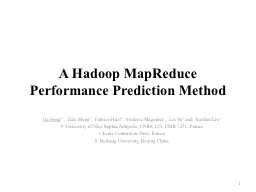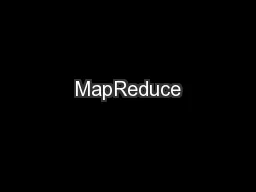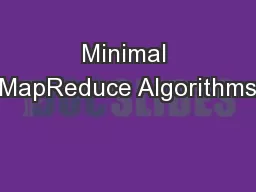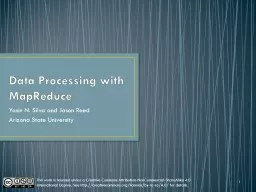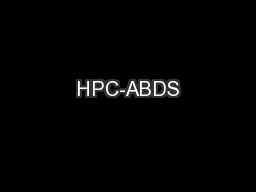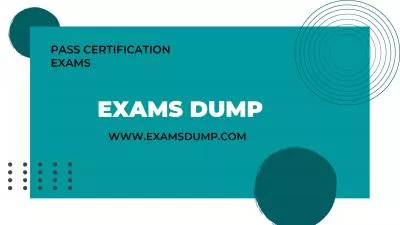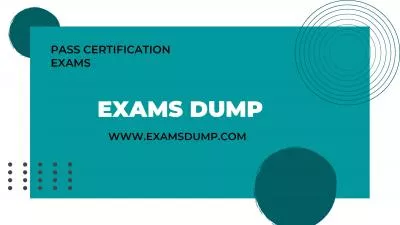PPT-A Hadoop MapReduce Performance Prediction Method
Author : ideassi | Published Date : 2020-07-02
Ge Song Zide Meng Fabrice Huet Frederic Magoules Lei Yu and Xuelian Lin University of Nice Sophia
Presentation Embed Code
Download Presentation
Download Presentation The PPT/PDF document "A Hadoop MapReduce Performance Predictio..." is the property of its rightful owner. Permission is granted to download and print the materials on this website for personal, non-commercial use only, and to display it on your personal computer provided you do not modify the materials and that you retain all copyright notices contained in the materials. By downloading content from our website, you accept the terms of this agreement.
A Hadoop MapReduce Performance Prediction Method: Transcript
Download Rules Of Document
"A Hadoop MapReduce Performance Prediction Method"The content belongs to its owner. You may download and print it for personal use, without modification, and keep all copyright notices. By downloading, you agree to these terms.
Related Documents

